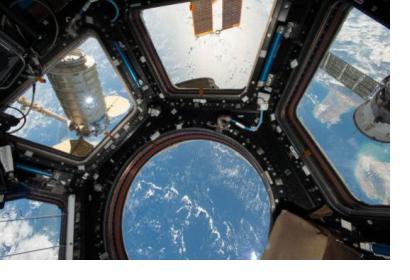The World Science Day for Peace and Development established by UNESCO in 2001 is commemorated every year on 10 November. It is not only a symbolic but essential celebration considering that Science is at the center to reach the goals of the 2030 Agenda for Sustainable Development, the Sendai Framework for Action and the Paris Agreement on Climate Change. The peaceful use of Space science and technology is vital for economic and social development in different fields like agriculture, global health, environment, sustainable development, education, Humanitarian assistance among others. In the case of Disaster Management, the use of technology helps to reduce the impact of disasters both at the human and material level. During the last two centuries natural disasters, like hurricanes, floods, earthquakes, landslides and wildfires have become more frequent, unpredictable and intense. Before a storm, for example, remote sensing information provides with systems and models to anticipate disasters and provide early warnings. In the case of the Disaster Management cycle, the use of space-based technologies contributes in all phases: prevention, preparedness, early warning, response and reconstruction. During the relief and recovery operations, satellites are dependable and fast communication, observation and positioning tools.
For more information on how space can benefit humanity visit UNOOSA. To access more information on the activities prepared for this day please visit UNESCO World Science Day.

